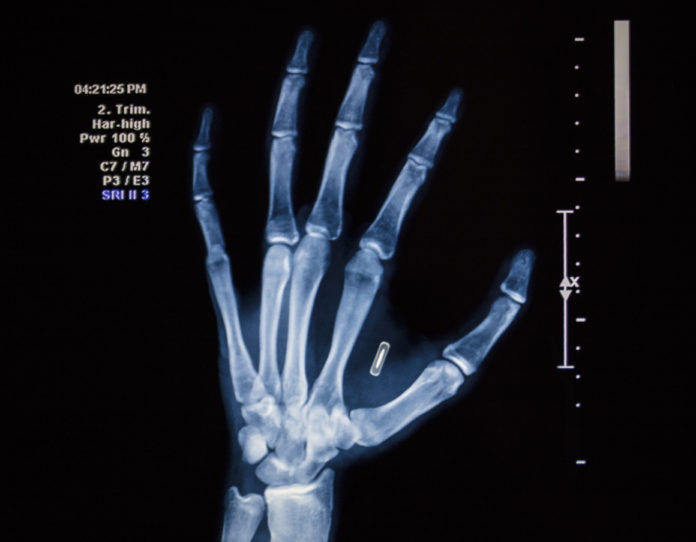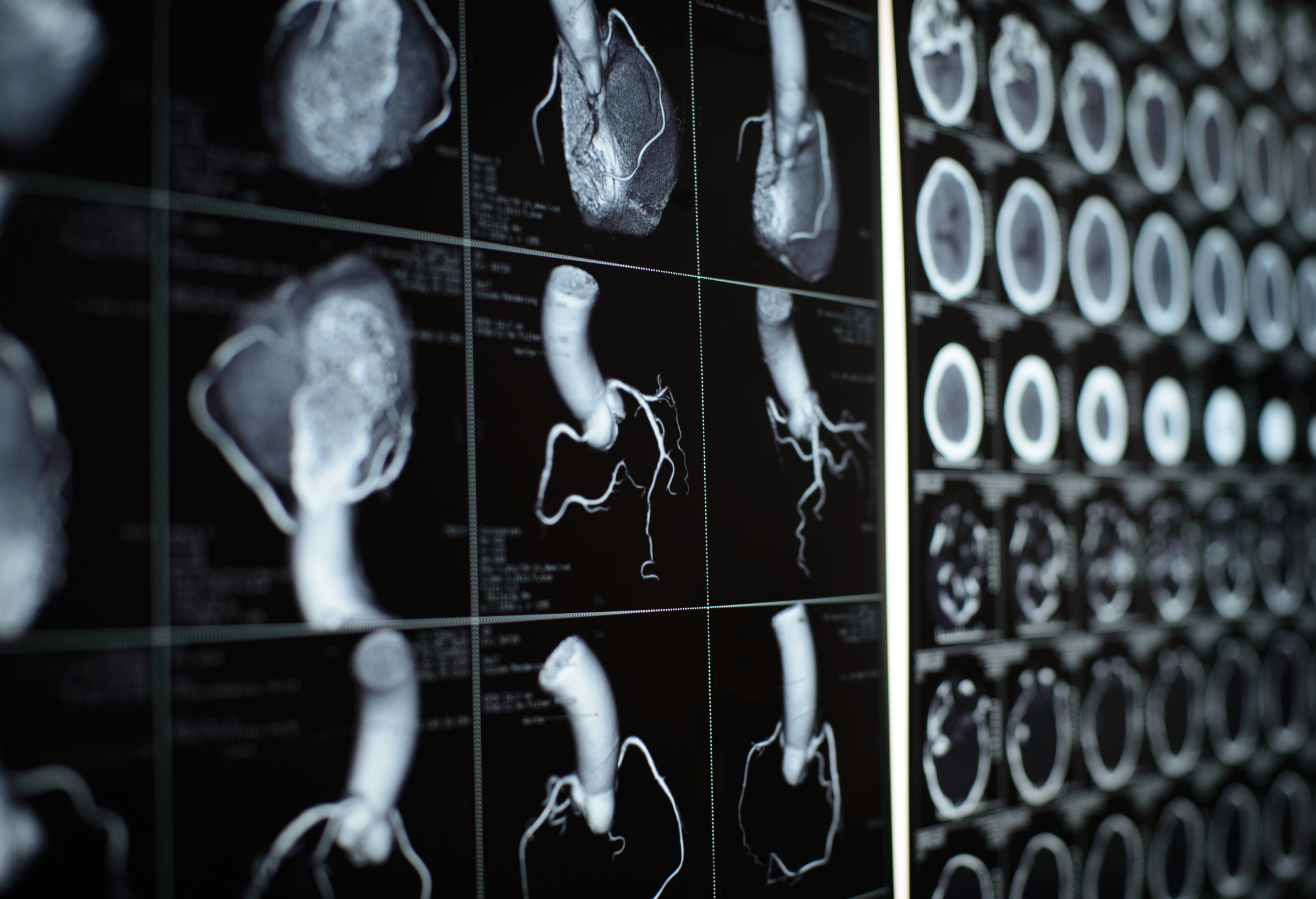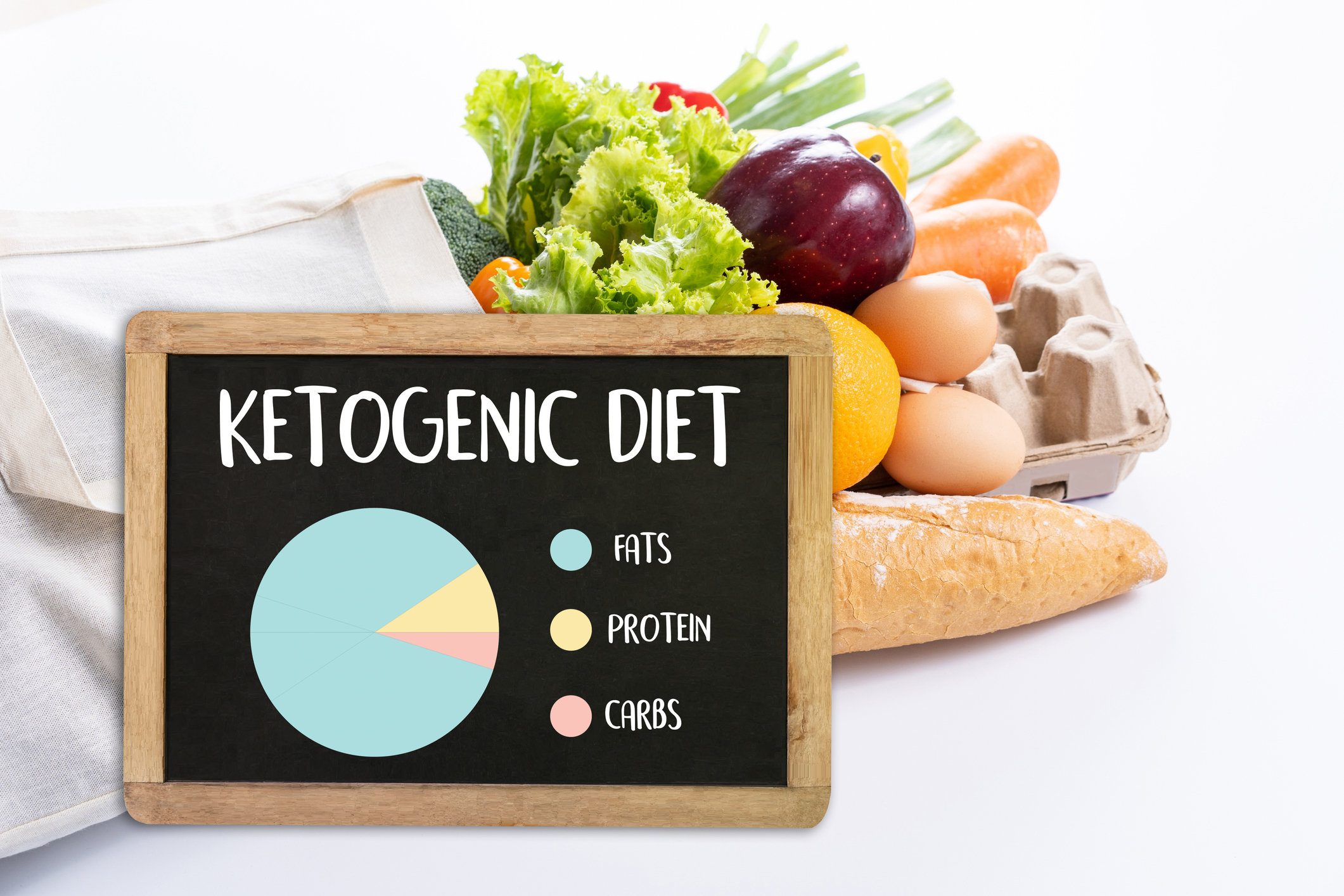
defining characteristics
Crystals in WBCs = active gout flare Hyperuricemia (except during flare)
Painful/red/swollen joints/bursa, appears like cellulitis/septic joint, fever/leukocytosis, podagra (1st MTP), tophi (distal joints, bursa; look like white dots, feel like gravel)
disease development
Overproduction of uric acid? (~10%)
High nucleic acid turnover in predisposed populations (Paget’s, psoriasis, leukemia, etc) or problems with purine synthesis (overproduction of PRPP synthetase, deficiency of salvage enzyme HGPRT)
Underexcretion of uric acid? (~90%)
hereditary factors, certain meds, or other conditions cause difficulties excreting uric acid
Hyperuricemia –> tophi (uric acid deposition that are engulfed by granulocytes) –> inflammation (NALP3 inflammasome)–> lactate production & pH drop –> formation of more crystals –> more inflammatory cells recruited –> renal damage if deposited
on tubules
potential causes
Hyperuricemia, tophi
epidemiology
Prev? Males
5-28/1000; females 1- 6/1000
Equal incidence after menopause!
M>F (5:1)
Age onset? M 40-50; F postmenopause
risk factors
>6.7mg/dL solubility of monosodium urate crystals Paget’s, Psoriasis
certain cancers excessive alcohol intake Co-infection of joint
labimaging
ALWAYS TAP JOINT & CULTURE FLUID! (yellow
parallel crystals)
XR? Nl mineralization, punched out erosions w/ sclerotic borders, overhanging edges
conventional treatment
NSAIDs- Indomethacin (acute pain relief)
Colchicine (acute pain relief, prophylactic w/ LT meds)
Probenecid (chronic gout)
Allopurinol (chronic gout)
complications
Initial tx for chronic gout can actually increase the severity/freq of acute attacks so take prophylactic colchicine simultaneously



